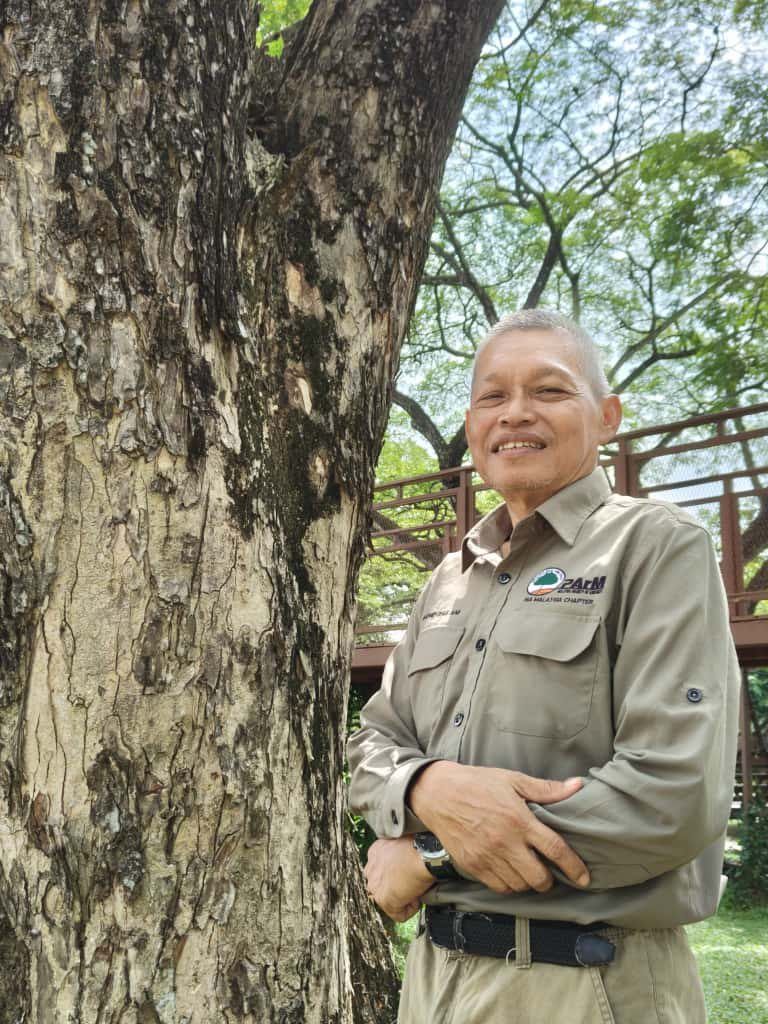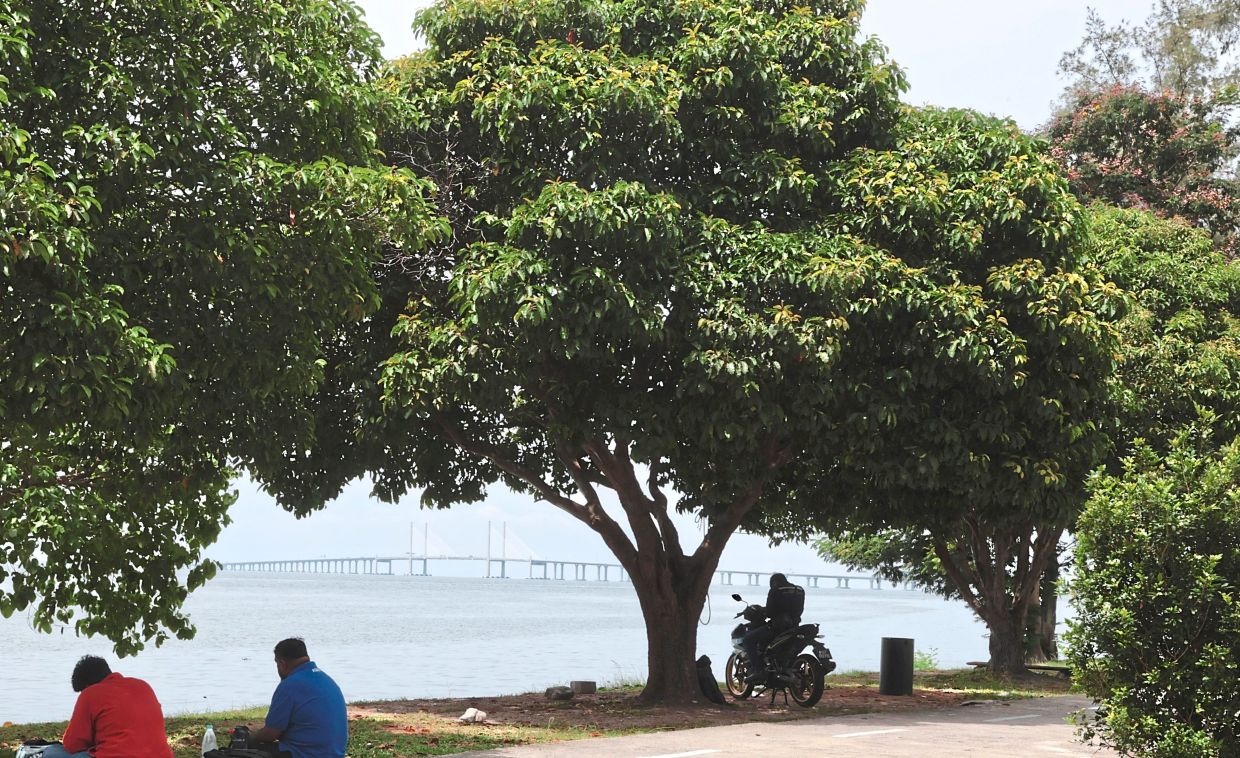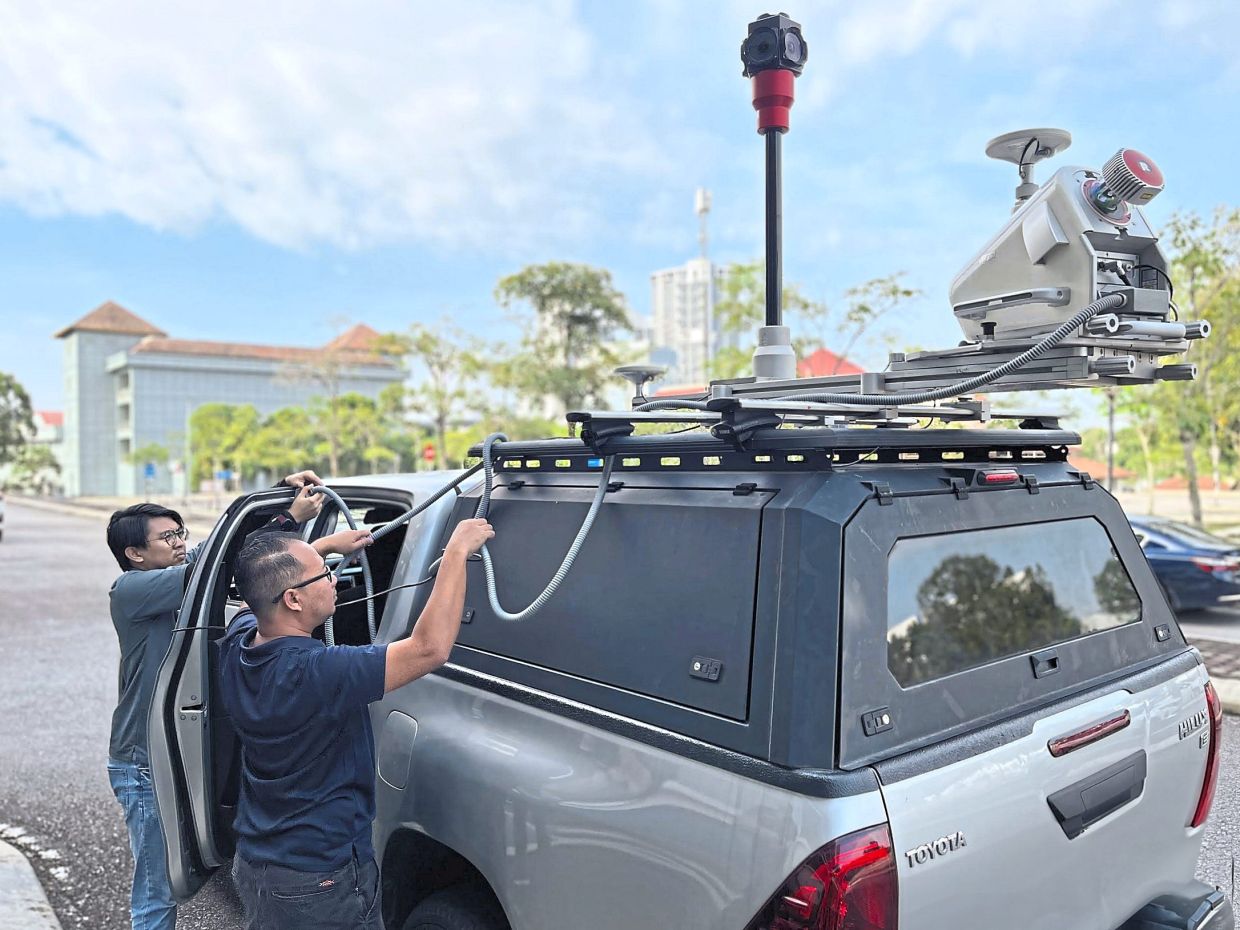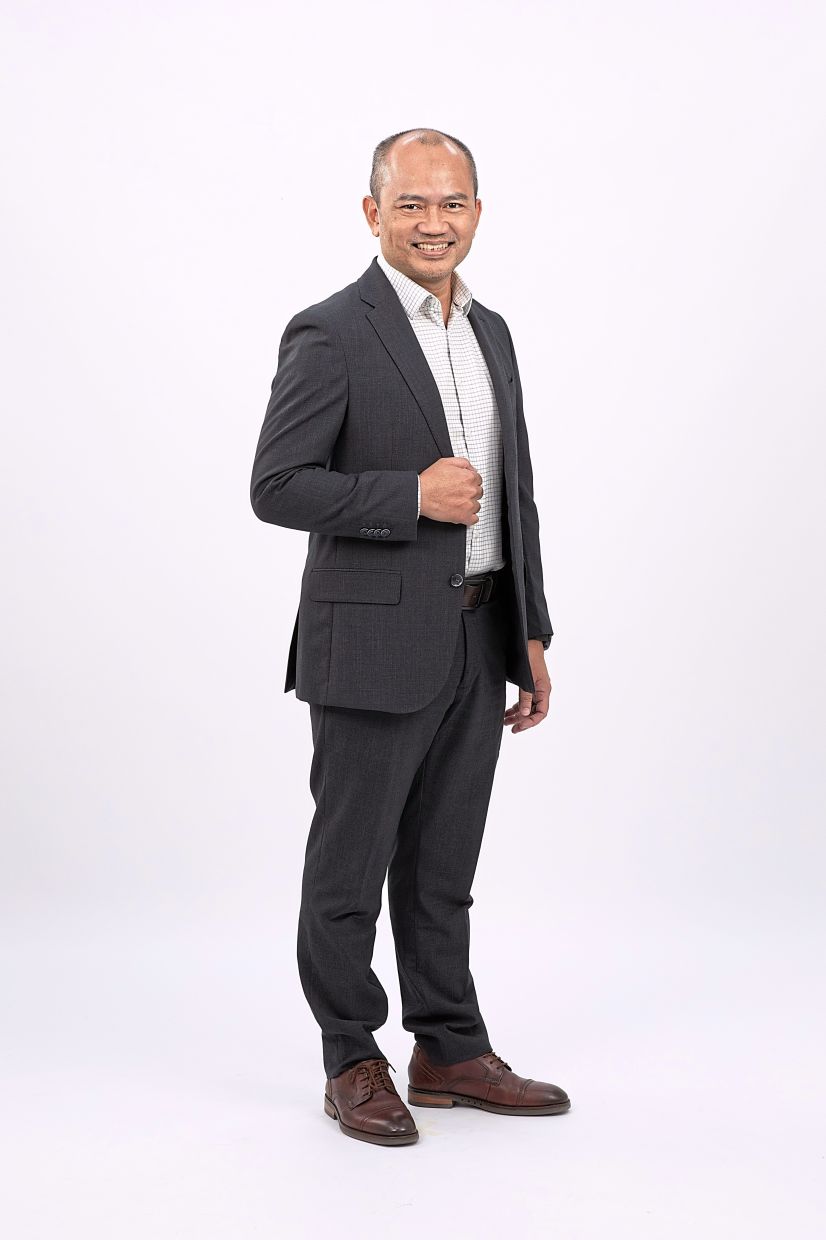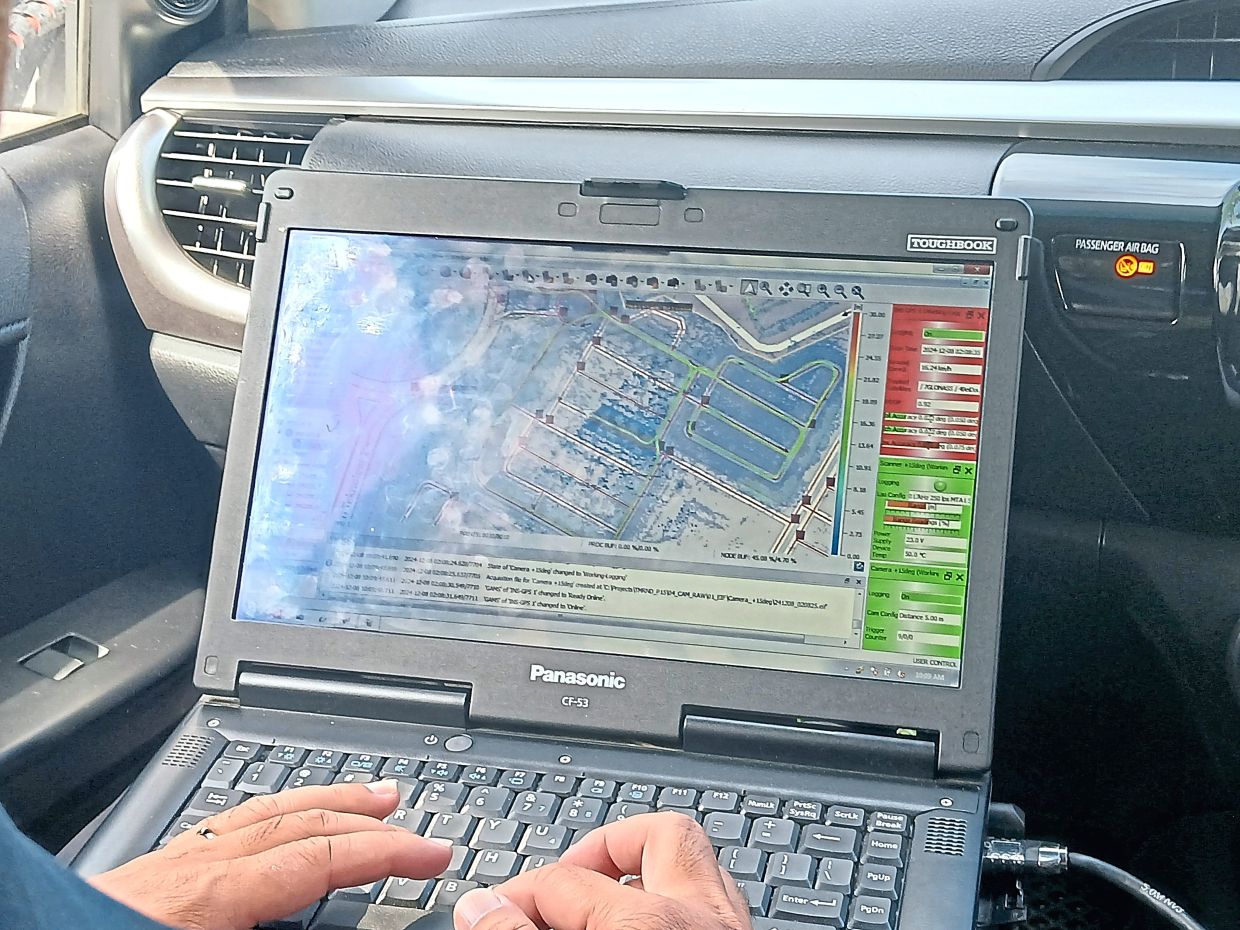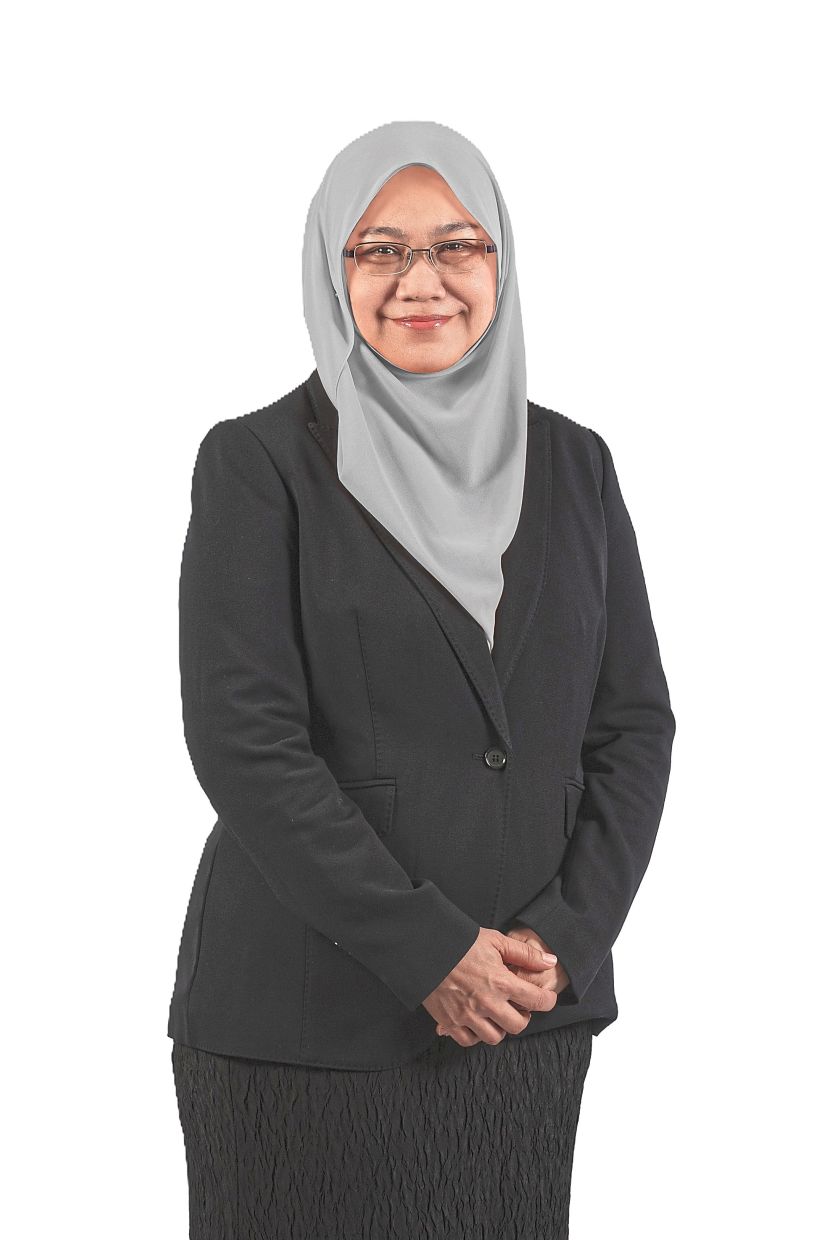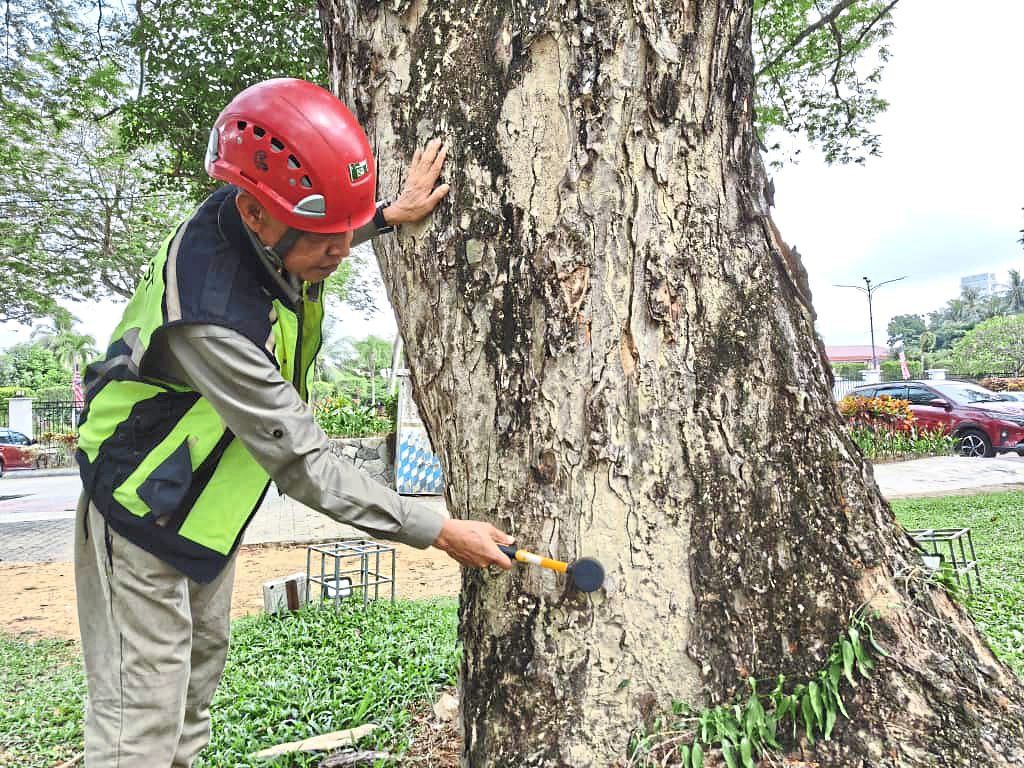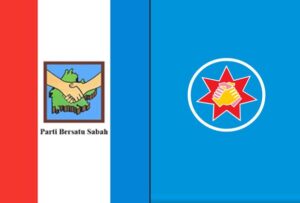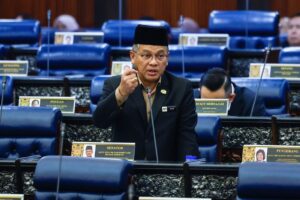What does it take to profile a tree?
For arborist Mohd Zailani Jamil, the process starts by sizing up the trunk, height and looking at how the crown has spread.
“We also check the live crown ratio, which is the proportion of the tree that still has green, healthy leaves. Together, these give us a clear picture of whether the tree is thriving or showing signs of decline,” he said during a recent interview in Shah Alam, Selangor.
If all looks good, Mohd Zailani – who is also the president of the Malaysian Society of Arborist (PArM), a non-profit body representing arboriculture practitioners in urban tree care and management – says it’s possible to conclude his inspection for one tree in about 15 minutes.
However, if he has concerns about the tree’s prospect, Mohd Zailani would recommend a tree risk assessment be carried out, which may require a longer time.
“If a tree isn’t growing in favourable conditions and we detect signs of damage or potential structural failure, we conduct further assessments using specialised tools.
“Based on the findings, we will prepare a report with recommendations that may include pruning to reduce the risk of falling branches, treating the tree for pests or disease, or improving the root zone,” he added.
Mohd Zailani lamented that “everyone wants the benefits of trees” for the shade, the cooling effect that helps reduce urban heat, and cleaner air; yet the upkeep is often overlooked. He cited lack of manpower and budgetary constraints as some of the possible reasons.
“Trees planted in the urban area have to be safe for the people,” he added.
Last year, tragedy struck when a huge tree came crashing down along Jalan Sultan Ismail in Kuala Lumpur during a thunderstorm, killing a man and wrecking 17 vehicles in its path. The incident sparked urgent calls for better tree care in urban areas.
It has also become a more pressing matter to address – the Malaysian Meteorological Department’s Sept 26 statement warned that the country is entering a monsoon transition phase, bringing storm risks: “This weather phenomenon may cause flash floods, fallen trees, water surges, and damage to weak structures.”
Can tech save trees?
According to Mohd Zailani, there are only around 150 certified arborists in Malaysia. With an estimated 300,000 to 500,000 trees spread out in urban areas, he believes that it would take an enormous amount of time for experts to inspect each one and provide recommendations for upkeep.
The scale of the challenge is pushing urban planners in Malaysia to explore technological solutions that can ease the workload and support long-term tree preservation.
According to Penang Island City Council (PICC) director of planning and development, Mohd Bashir Sulaiman, the go-to or easy solution for trees at risk of falling has been to “go and cut the tree”. He acknowledged that it was not the best solution as it would spark outcry from members of the public.
“So what do we do? Our mayor said ‘Let’s have technology to find out the health status of the tree’,” he shared during an interview at the Smart City Expo held last month in Kuala Lumpur.
Last year, PICC launched the Penang Tree Inventory System (PeTIS), a digital catalogue to keep track of trees along roadsides and in open spaces. The system records information such as the type, location, size, health status, and maintenance needs of trees. When required, advanced tools will be used for on-ground assessment.
“We use what’s called a ground-penetrating radar, which penetrates the earth to assess what’s happening inside a tree. Some trees look sick but are actually healthy, so we just prune them. And some trees look healthy, but inside they are rotten so in those cases, we have to remove them,” added Mohd Bashir.
He said the goal is to preserve as many trees as possible by applying the right intervention methods, guided by insights from historical data gathered through the inventory.
“It takes hundreds of years for the trees to grow or to get to a certain stage. We don’t want to just cut off the trees,” he explained.
Utilising AI
Meanwhile, Telekom Malaysia Research & Development – along with its cloud and digital services arm Credence – is developing the Smart Urban Forestry platform featuring a digital database of trees.
“The platform combines high-fidelity lidar scanning with AI-powered analytics to digitise Malaysia’s green assets,” Credence chief executive officer Mohamad Rejab Sulaiman explained in a statement to LifestyleTech.
Based on the terrain, he said a range of handheld, mobile and ground-based lidar scanners are used in the process of capturing tree data, with Putrajaya as one of the test grounds. The technology allows large areas to be scanned in a fraction of the time it would take human arborists to cover the ground manually, he added.
“These scans feed into AI models that automatically calculate trunk diameter at breast height (DBH), canopy spread and crown density. All of which are critical indicators for assessing tree biomass and health.
“From these metrics, the system estimates carbon storage using globally recognised forestry equations,” he added.
Mohammad Rejab said each tree will be assigned a unique digital identity or digital twin with details about location, species, health status and carbon stock value.
“This enables councils and developers to track and update tree information over time, easily assign tree maintenance activities, monitor changes in carbon contribution and even simulate the environmental impact of new urban developments,” he said.
Meanwhile, TM chief corporate officer Nor Fadhilah Mohd Ali said the company’s immediate focus is on 50 key urban tree species which have been identified by local councils. She describes these 50 species as the most relevant to managing urban heat, air quality, stormwater retention and public safety.
“Our AI models suggest likely species based on image and lidar data with validation done by certified arborists,” she added.
Nor Fadhilah said that the company is also engaging with local councils and property developers on how they can utilise the platform to manage urban greenery for safety, compliance and ESG (Environmental, Social, and Governance) reporting. As it gains more data, the system becomes smarter, she added.
“As scans are undertaken across multiple municipalities, the AI continuously learns and expands its recognition capability, broadening the species library and improving accuracy rates.
“Over time, this will allow Malaysia to build a comprehensive digital inventory of its urban forests which is vital for planning resilient and sustainable cities,” Nor Fadhilah said.
Data to aid experts
Putrajaya Corporation has also rolled out its own Smart Tree Inventory initiative, which includes features to simulate how trees might respond under extreme weather conditions.
Its ICT director Musabri Shaharom said the AI-enabled insights could support arborists in managing trees by flagging key aspects such as health and stability. The data will be updated from time to time to ensure that it remains relevant.
“We used lidar and laser technology to scan the trees in Putrajaya. Then we came up with a 3D model or digital twin of the tree. Currently, we have scanned roughly 42,000 trees,” he said in an interview with LifestyleTech.
He added that using tech like lidar is the fastest and safest method to capture tree data in the city.
For arborists like Mohd Zailani, any tech-driven measures that could ease some aspects of his role is welcomed. He said he has heard about the development of a predictive tool that could estimate when a tree is likely to fall.
“If the software can demonstrate how a certain wind speed causes a tree to sway beyond its safe angle and trigger a warning about the risk of falling, that would be incredibly useful,” he said.
Mohd Zailani sees the benefit of having access to an expansive digital tree inventory, which would allow arborists to compare data over time, track growth, and assess changes in a tree’s health more effectively.
“Currently, much of the data we have is collected manually but rarely revisited or compiled due to budget constraints,” he explained.
A word of caution
However, he warns that data alone may not be enough to protect trees. Photographs and scans, for example, don’t always tell the full story. He is concerned that discolouration might not register accurately, and cavities in the trunk can be hidden from view.
“Even if you have data for 100,000 trees, you still need someone on the ground to validate the information or recommendations presented by the system,” he said, describing the process as a visual tree assessment.
This involves more than just looking at the tree bark, as he said experts also observe the proportions of branches to the trunk, check for abnormal growth, and even note how a tree sways in the wind as an indicator of stability. When something concerning shows up, simple tools like a hammer can be used to tap the tree to check for hollowness.
He added that the process could also include more technical tools such as a resistograph that could be used to measure wood resistance to reveal internal decay, or PiCUS Tomograph (often described as a tree X-ray) using sound waves to create an image of the tree’s inner structure.
Ultimately, he believes there are no shortcuts to preserving trees, which should be regarded and cared for as living assets.
“Smart databases may help track urban forests, but human expertise remains crucial to interpret the findings and catch what AI might miss. We do encourage the use of technology but work with arborists. Whoever is touching the tree should be a competent person,” he said.
He added that the time to act for better tree preservation in Malaysia is now.
“Technology can certainly improve the processes, but it should never replace human expertise. The way forward is to combine advanced tech tools with human knowledge for the good of the trees,” Mohd Zailani concluded.

